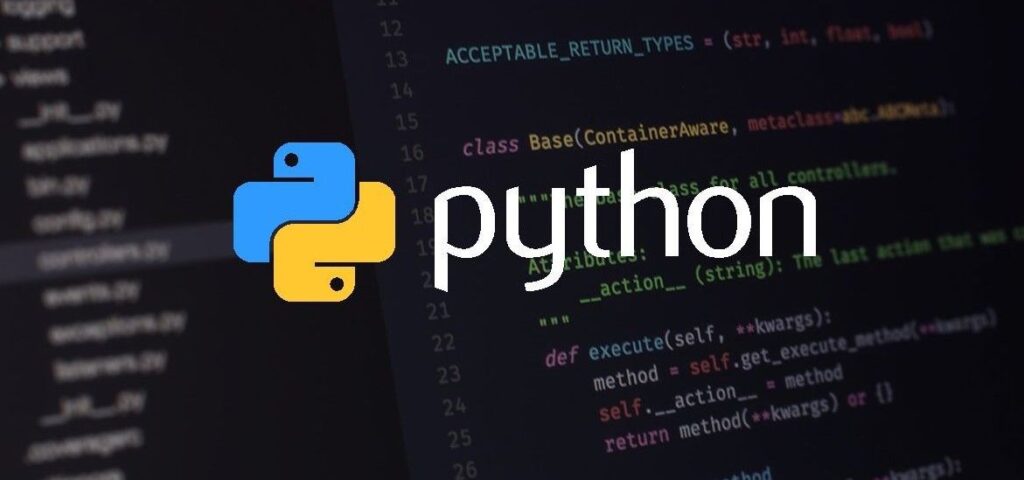Python project-based interview questions for data analyst role, along with tips and sample answers [Part-3]
9. Advanced Analytics
– Question: Have you implemented any advanced analytics models (e.g., clustering, classification) in Python?
– Answer: Yes, I applied K-means clustering to segment customers based on their purchasing behavior. Using Scikit-learn, I first scaled the features, then used the KMeans() function to fit the model. I used the elbow method to determine the optimal number of clusters and visualized the clusters using Seaborn. The clusters helped the business understand customer segments and target marketing efforts.
– Tip: Highlight any unsupervised learning techniques (e.g., K-means, PCA) or supervised models (e.g., logistic regression, decision trees) and how they contributed to decision-making.
10. Automation with Python Scripts
• Question: Can you describe a Python script you created to automate a repetitive data analysis task?
– Answer: I wrote a Python script to automate weekly report generation. The script pulled data from a database using SQLAlchemy, performed data cleaning and analysis using Pandas, and then generated visualizations with Matplotlib. Finally, it exported the report as a PDF and sent it via email using the smtplib library.
– Tip: Explain how you automated the process step-by-step, emphasizing how the automation saved time and improved accuracy.
11. Working with SQL in Python
– Question: How have you integrated Python with SQL databases in a data analysis project?
– Answer: I used SQLAlchemy and Pandas to fetch data from a PostgreSQL database. I wrote complex SQL queries, executed them using engine.execute(), and then loaded the results directly into a Pandas DataFrame for further analysis. I also used Dask for handling large datasets that couldn’t fit into memory.
– Tip: Highlight your experience working with databases, focusing on how you integrated SQL queries with Python for efficient data extraction and analysis.






